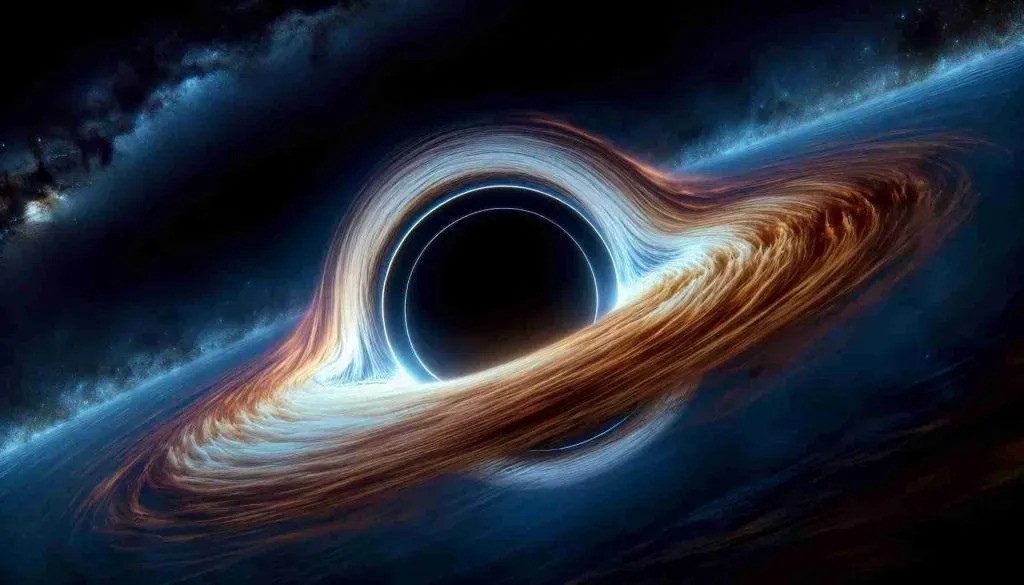The newly discovered Gaia BH3 black hole is part of a binary system located in the halo of the Milky Way. Scientists have studied its chemical composition and orbit and found that it is part of the destroyed star cluster ED-2.

Gaia BH3
In April 2024, scientists reported the discovery of the Gaia BH3. It is the heaviest in our Galaxy, except for the supermassive monster Sagittarius A*, located in its center. However, almost immediately after that, scientists found out new interesting details about it, which allow us to better understand its origin.
Gaia BH3 received its name in honor of the Gaia space telescope, with which it was discovered. The mass of the object is 33 times that of the sun. It is located in the halo — a sparse spherical shell of the Milky Way surrounding its disk. The distance to it is 1,900 light-years.
Scientists have established that Gaia BH3 is part of a binary system. The second component is an old star orbiting a black hole in a fairly wide orbit with a period of 11.6 years. This luminary is extremely bloated. Its mass is only 76 percent solar, but it is five times larger in diameter.
ED-2 cluster
It was the companion of the black hole that allowed us to understand a little about its origin. Scientists have determined its chemical composition. In particular, its metallicity turned out to be equal to -2.56. Based on this, scientists have made the assumption that the binary system, which includes Gaia BH3, is part of the ED-2 stellar stream.
Once upon a time, it was a small star cluster. It orbited around the center of the Milky Way as a whole, but over time the stars scattered so much that they no longer form a gravitationally bound system. And only similar orbits and chemical composition remind that they were once a single whole.
Scientists have tested not only the metallicity of the Gaia BH3 companion, but also the ratio of magnesium, europium and barium to iron in its chemical composition. This indicator confirms that it is indeed part of the destroyed star cluster ED-2.
Studies show that ED-2 is over 13 billion years old, meaning it is much older than the Solar System. At the very beginning, it had a mass of about 42 thousand masses of our luminary. It is in such places that black holes are most often born.
As for exactly how such a heavy black hole as Gaia BH3 is formed, scientists are not sure. According to one of the assumptions, it was directly born as a result of the collapse of an incredibly heavy luminary. According to another, it is the result of the merger of two smaller objects.
According to phys.org
Follow us on Twitter to get the most interesting space news in time
https://twitter.com/ust_magazine


